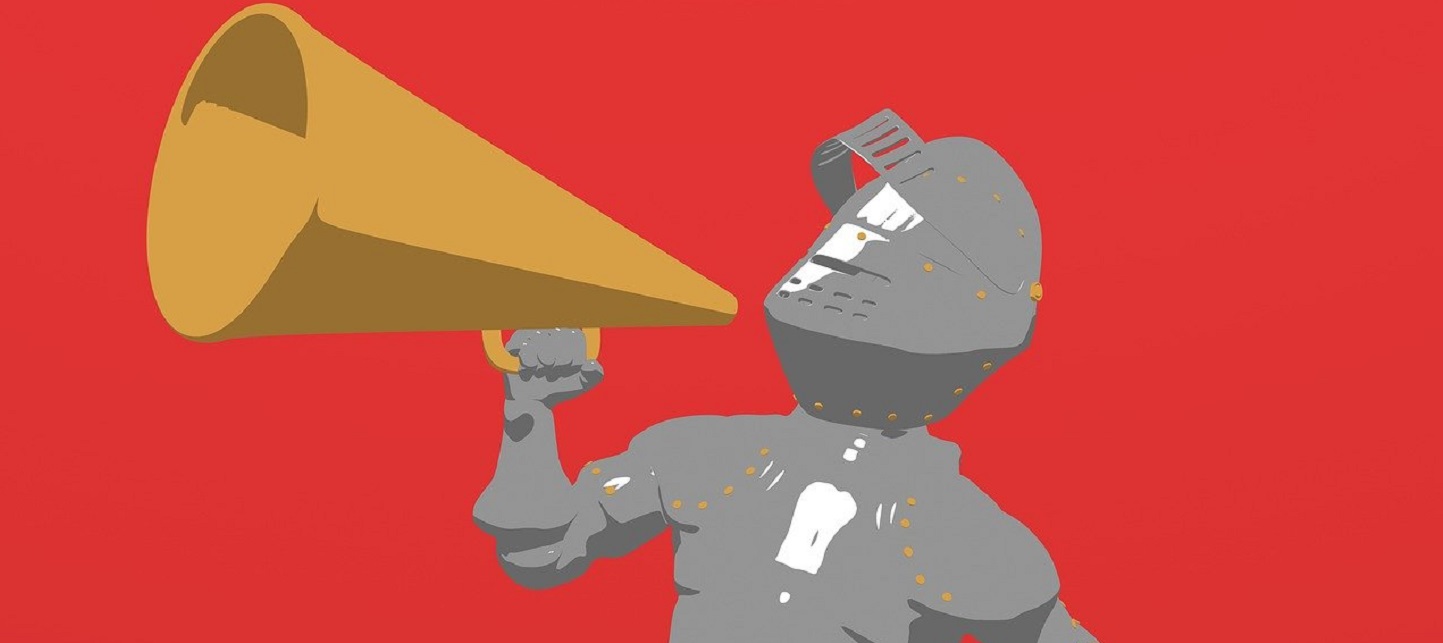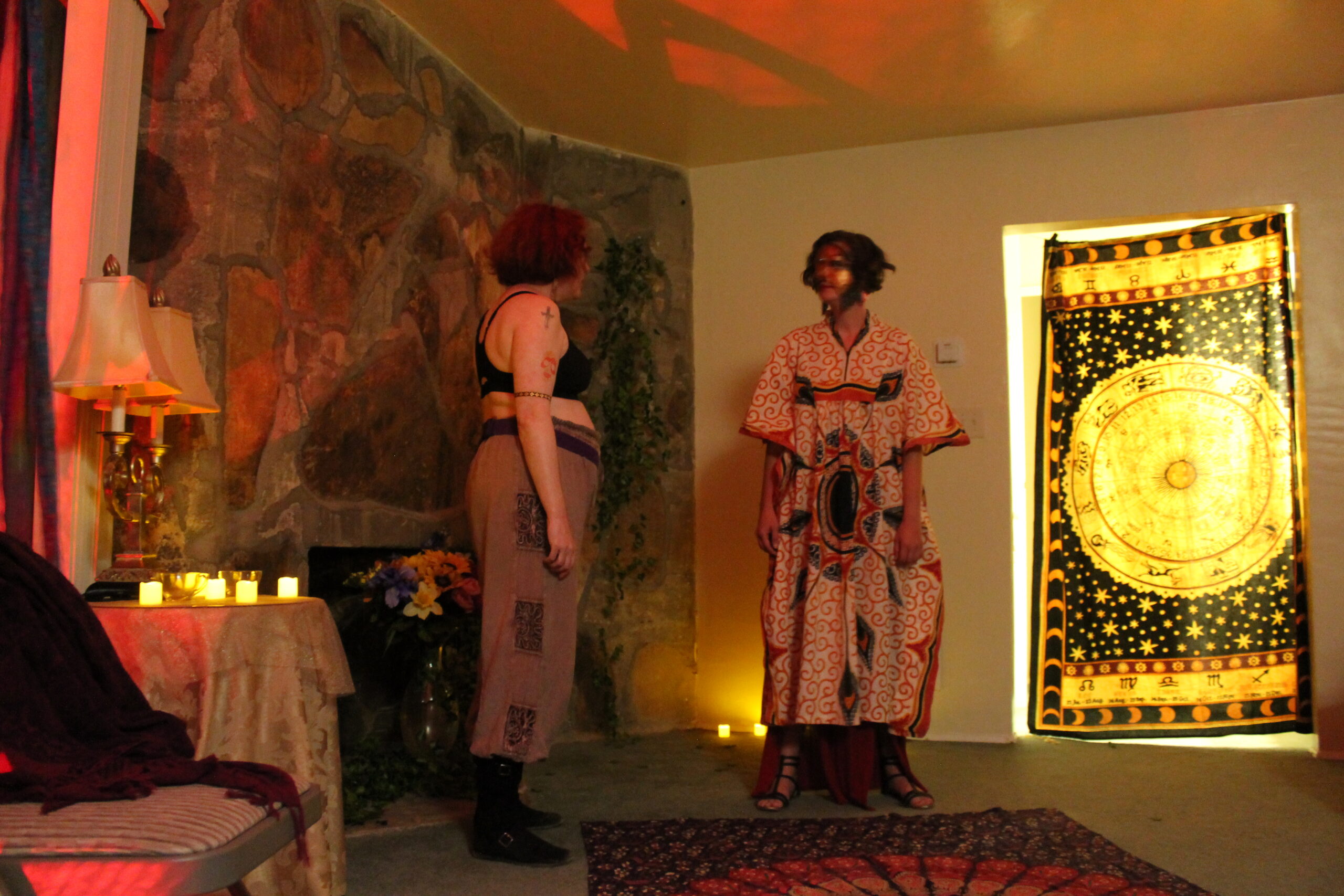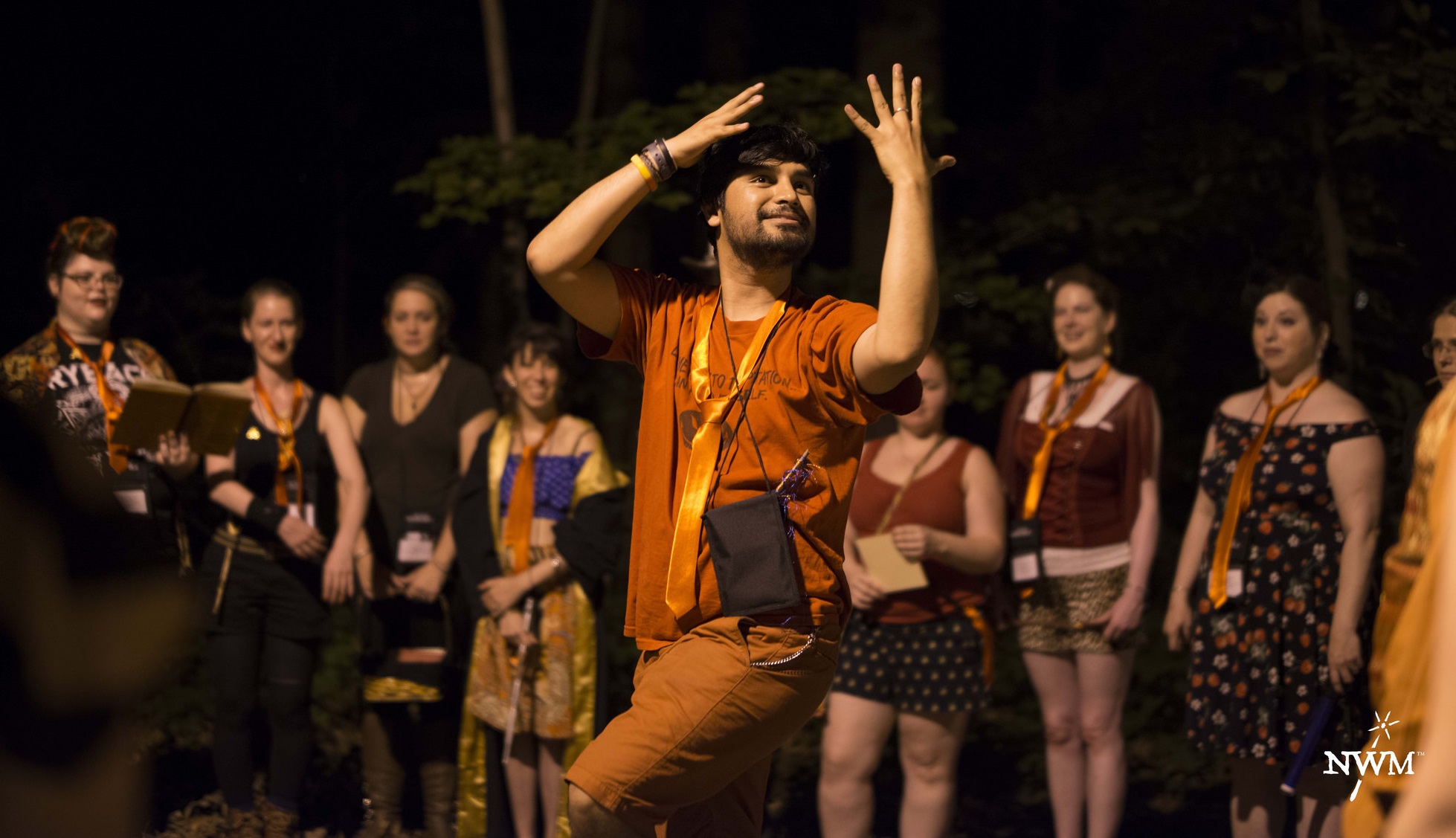Author: Maury Brown

-

Flagging is Flawed
in
Although helpful for safety reasons, flagging is also commonly used to prevent people from attending a larp for lesser reasons.
-

Reading Others for Interaction
When we larp, we make deductions about other characters and the types of role-play they will provide. Through speech, costuming, body language, and other signs, each player signals to others how to interact with their character. As you play, analyze what a character looks like, wears, and does with their body to learn important clues…
-

Immerton
in
Immerton is a 4-day larp written by women for women participants, taking place in a fictional society of women in a polytheistic goddess pantheon. Produced by Learn Larp, the game used a feminist sandbox design that emphasized rituals, relationships, collaborative roleplay, and transformational experiences using a meta room, mask play, and multimedia storytelling as core…
-

Larp Counselors: An Additional Safety Net
in
This article advocates for the inclusion in certain larps of the unique role of a counselor, who is part of the safety team.
-

Creating a Culture of Trust through Safety and Calibration Larp Mechanics
in
When Ben Morrow and I decided to offer a College of Wizardry-like experience in North America in April 2015, we knew we had our work cut out for us. Not only did we need to form a larp production company, secure the venue, build the costumes, obtain props, find players, and all the other duties